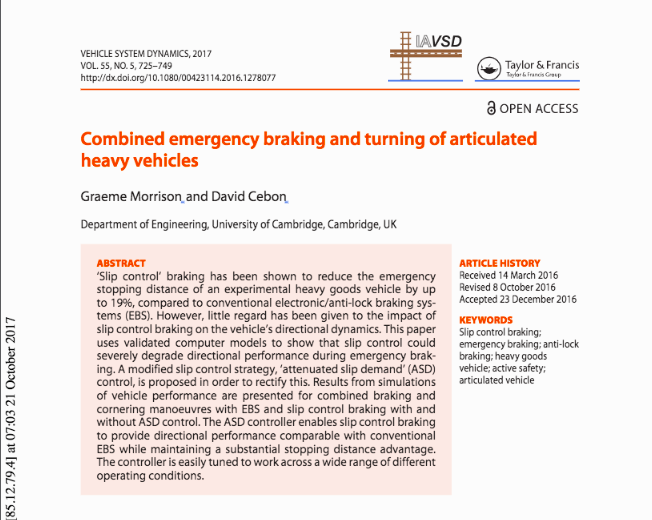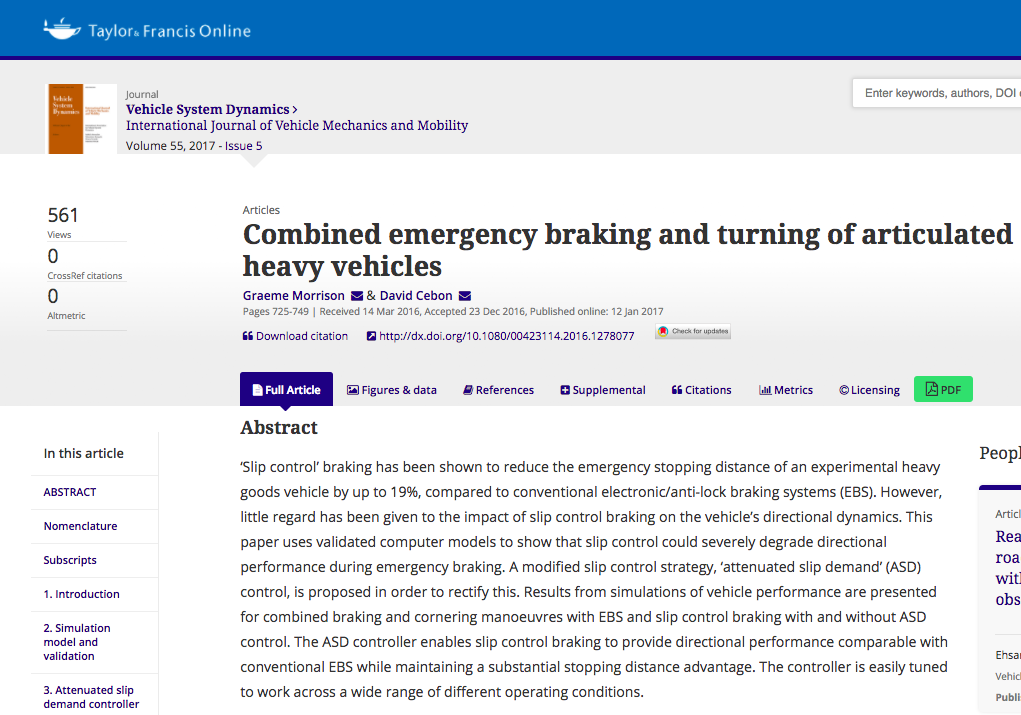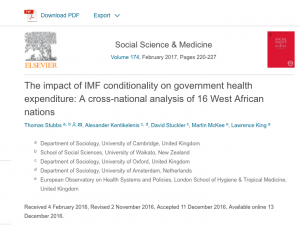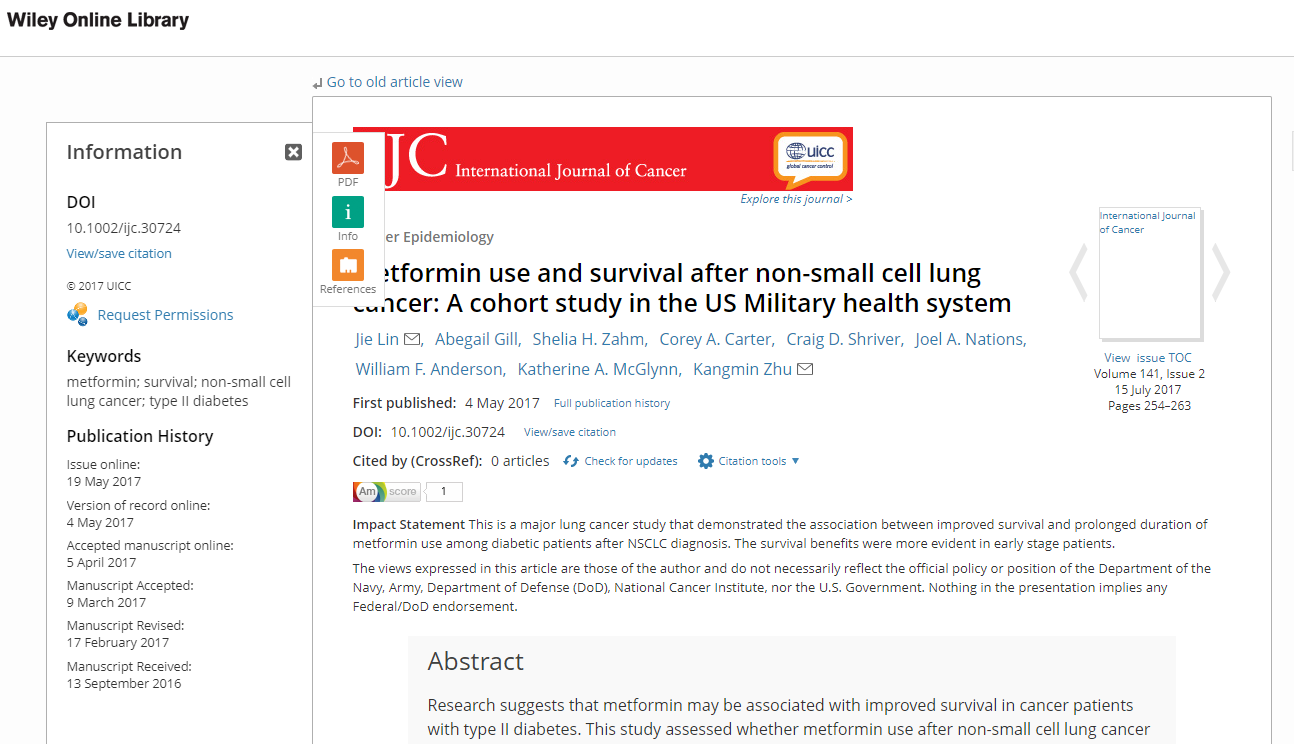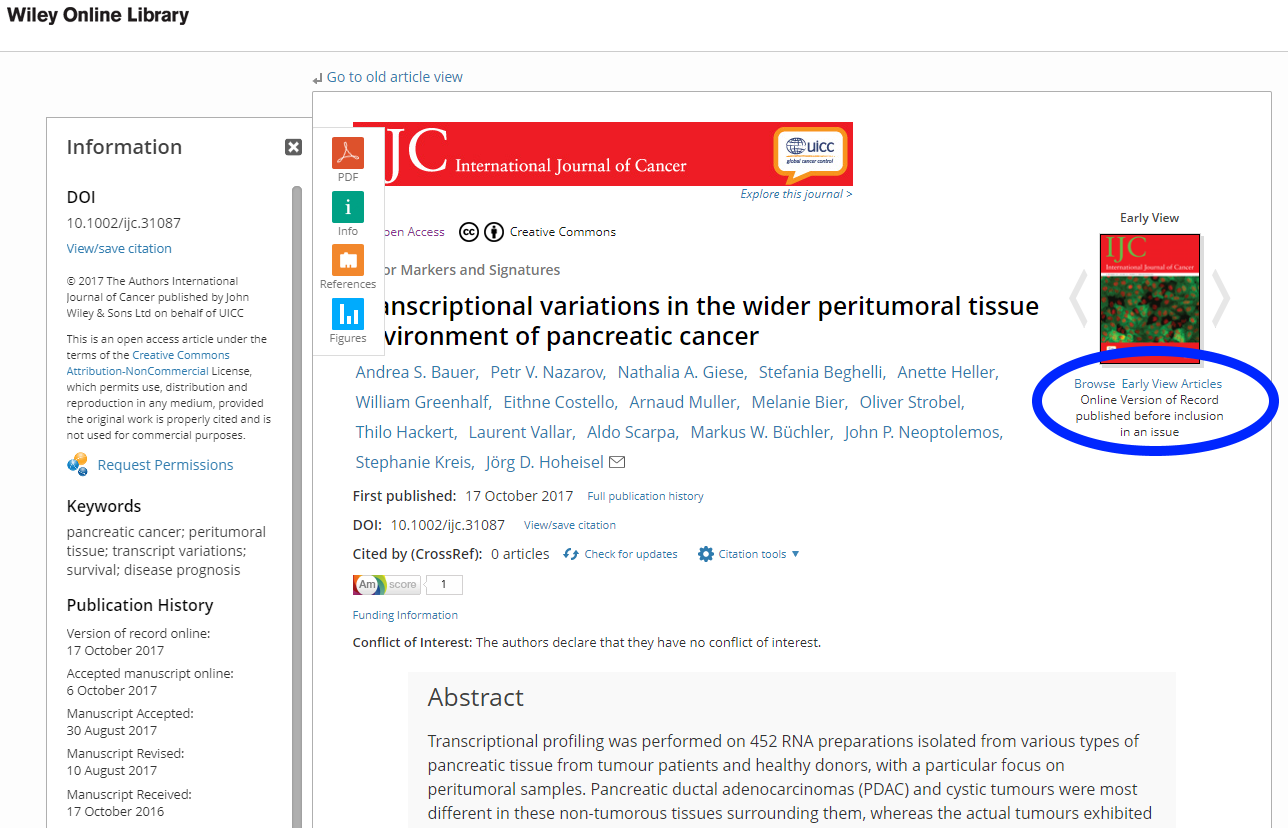Well now there is a plan. The second meeting of the Scholarly Communication Professional Development Group was held on 9 October in the Jisc offices in London. This followed on from the first meeting in June about which there is a blog. The attendance list is again at the end of this blog.
The group has agreed we need to look at four main areas:
- Addressing the need for inclusion of scholarly communication in academic library degree courses
- Mapping scholarly communication competencies against training provision options
- Creating a self assessment tool to help individuals decide if scholarly communication is for them
- Costing out ‘on the job training’ as an option
What are the competencies in scholarly communication?
The group discussed the types of people in scholarly communication, noting that scholarly communication is not a traditional research support role either within research administration or in libraries. Working in scholarly communication requires the ability to present ideas and policies that are not always accepted or embraced by the research community.
The group agreed it would be helpful to identify what a successful scholarly communication person looks like – identifying the nature of the role, the types of skill sets and what the successful attributes are. The group has identified several examples of sets of competencies in the broad area of ‘scholarly communication’:
- COAR – Librarians’ Competencies for E-Research and Scholarly Communication
- NASIG – Core Competencies for Scholarly Communication Librarians
- Open Science Skills Working Group Report – Providing researchers with the skills and competencies they need to practise Open Science
- Jisc Digital Capabilities – Library and information professional profile
- Lis-Bibliometrics competency model for bibliometrics
The group agreed it would be useful to review the NASIG Competencies and see if they map to the UK situation and to ask NASIG about how they are rolling it out across the US.
The end game that we are trying to get to is a suite of training products at various levels that as a community is going to make a difference to the roles we are recruiting. We agreed it would be useful to explore how these frameworks relate to the various existing professional frameworks, such as CILIP, ARMA and Vitae.
The approach is asking people: ‘Do you have a skills gap?’ rather than: ‘Do you (or your staff) need training?’. It would be helpful then, to develop a self assessment tool to allow people to judge their own competencies against the NASIG or COAR set (or an adaptation of these). The plan is to map the competencies against training provision options.
Audiences
We have two audiences in terms of professional training in scholarly communication:
- New people coming into the profession – the initial training that occurs in library schools.
- Those people already in a research support environment who are taking on scholarly communication roles.
The group also discussed scope. It would be helpful to consider how many people across the UK are affected by the need for support and training.
Another issue is qualifications over skills – there are people who are working in administrative roles who have expanded their skills but don’t necessarily have a qualification. Some libraries are looking at weighting past experience higher over qualifications.
There needs to be a sense of equity if we were to introduce new requirements. While large research intensive institutions can afford professional development, in some places there is one person who has to do the scholarly communication functions as only part of their job – they are isolated and they don’t have funds for training. An option could be that if a training provision is to be ‘compliant’ with this group then it must allow some kind of free online training.
Initial training in library schools
As was discussed the previous time the group met, there is a problem in that library schools do not seem to be preparing graduates adequately for work in scholarly communication. Even the small number of graduates who have had some teaching in this area are not necessarily ready to hit the ground running and still need further development. The group agreed the sector needs to define how we skill library graduates for this detailed and complex area.
One idea that arose in the discussion was the suggestion we engage with library schools at their own conferences, perhaps asking to have a debate to ask them what they think they are doing to meet this need.
The next conference of the library schools Association of Library and Information Science Educators is 6-9 February 2018 in Denver. Closer to home, iConference 2018 will be 25-28 March and will be jointly hosted by the UK’s University of Sheffield’s Information School and the iSchool at Northumbria. However, when we considered the conference options it became clear that this would not necessarily work, the focus of these conferences is academic focus, not practitioner or case studies. This might point to the source of some of the challenges we see in this space.
One of the questions was: what is really different now to the way it was 10-20 years ago? We need to survey people who are one or two years out from their qualifications.
Suggestions to address this issue included:
- Identify which library schools are running a strand on academic librarianship and what their curriculum is
- We work with those library schools which are trying to address this area, such as Sheffield, Strathclyde and UCL to try and identify examples of good practice of producing graduates who have the competencies we need
- Integrate their students into ‘real life’, taking students in for a piece of work so they have experience
Professional Development option 1 – Institutional-based training
In the environment where there is little in the way of training options, ‘on the job’ training becomes the default. But is there a perception that on the job training comes without cost While the amount of training that happens in this environment is seen as cost neutral, it could be that sending someone on a paid for course could be more effective.
How much does it cost for us to get someone fully skilled using on the job training? There are time costs of both the new recruit and the loss of work time for the staff member doing the training. There is also the cost of the large amount of time spent recruiting staff because we cannot get people who are anywhere near up to speed.
One action is to gain an understanding of how much it does actually cost to train a staff member up.
Professional Development option 2 – Mentoring
There is an issue in scholarly communication with new people coming through continuously who need to be brought up to speed. One way of addressing this issue could be by linking people together. UKCORR are interested in creating some kind of mentoring system. ARMA also has a mentoring network which they are looking to relaunch shortly.
The group discussed whether mentoring was something that can be brokered by an external group, creating an arrangement where if someone is new they can go and spend some time with someone else who is doing the same job. However, to do this we would need a better way of connecting with people.
This idea ties into the work on institutional based training and the cost associated with it. We are aware there is a lot of cost in sharing and receiving info done by goodwill at present.
Professional Development option 3 – Community peer support events
Another way of getting people together is community and peer support, which is already part of this environment and could be very valuable. Between members of the group there are several events being held throughout the year. These range from free community events to paid for conferences. For example, Jisc is looking at running two to three community events each year. They recently trialled a webinar format to see if it is an opportunity to get online discussions going.
The group discussed whether we need more events, and what is the best way of supporting each other and what kind of remote methods could be used. There is a need to try and document this activity systematically.
Professional Development option 4 – Courses we can run now
The group agreed that while it might be too early for us to look at presenting courses, it would be useful to have an idea of who is offering what amongst the member organisations of the group and that we can start to glean a picture of what is covered. If we were to then map this to the competencies it helps decision making.
For example, UKSG have webinars on every month that are free which fulfils a need. Is there a topic we can put on for an hour?
UKSG is planning a course towards the end of next year – a paid seminar face to face, outlining the publication process, particularly from the open access environment. This could be useful to publishers as well. It explains what needs to happen in a sequence of events – why it is important to track submission and acceptance dates. Pitching it to people who are new in the role and at senior managers who are responsible for staffing.
Professional Development option 5 – Private providers
Given the pull on resources for many in this sector we need to consider promoting and creating accessible training for all. So in that context the discussion moved to whether we were prepared to promote private training providers. This is a tricky area because there is such a range under the banner ‘private’ – from freelance trainers, to organisations who train as their primary activity to organisations who offer training as part of their wider suite of activities. Any training provision needs to look at sustainability, it isn’t always possible to rely on the goodwill of volunteers to deliver staff development and training.
For example, UKSG as an organisation is not profit-making — it is a charity and events are run on a non-profit basis. Jisc is looking at revenue on a non-profit basis to feed into Jisc’s support for the sector. ARMA work on a cost recovery basis – ARMA events are always restricted to members. Many of the member groups engage with private providers and pay them to come along and speak for the day.
We agreed that when we look at developing the competencies framework and identify how someone can achieve these skills we should be linking to all training provision, either through a paid course, online webinar or mentoring. The group agreed we are not excluding private providers from the discussion. We are looking to get the best provision for the sector.
However, the topic came up about our own expertise. Experts working in the field already give talks at many events on work time, which is being paid for by their employer — who are in effect subsidising the cost of running the training or event. Can we use our own knowledge base to share this information amongst the community? Perhaps it is not about what you pay, it is what you provide into the community.
Opening up the discussion
The group talked about tapping into existing conferences held by member organisations of the group to specifically look at this issue ‘branded’ under the umbrella of the group. To ensure inclusion it would be good to have a webinar as part of the discussion at each of these conference so people who are not there can attend and contribute. Identified conferences were:
- RLUK conference 14-16 March 2018
- LILAC 4-6 April 2018
- UKSG 9-11 April 2018
- ARMA 4-7 June 2018
- SCONUL 12-13 June 2018
- Jisc-CNI 1-3 July 2018
- CILIP 4-5 July 2018
- Repository Fringe August 2018
We also need to address other groups involved in the scholarly communication process within institutions, such as research managers, researcher developers and researchers themselves.
Next steps
- Engaging with library schools to discuss the need for inclusion of scholarly communication in their academic library degree courses, possibly looking at examples of good practice
- Discussion with NASIG about rolling out their scholarly communication competencies
- Mapping scholarly communication competencies against current training provision options
- Creating a self assessment tool to help individuals decide if scholarly communication is for them
- Costing out ‘on the job training’ to evaluate the impact of this on the existing team
Attendees
- Helen Blanchett – Jisc
- Fiona Bradley – RLUK
- Sarah Bull – UKSG
- Helen Dobson – Manchester University
- Anna Grigson representing UKSG
- Danny Kingsley – Cambridge University
- Valerie McCutcheon – representing ARMA
- Ann Rossiter – SCONUL
- Claire Sewell – Cambridge University
- Nick Shepherd – representing UKCoRR

